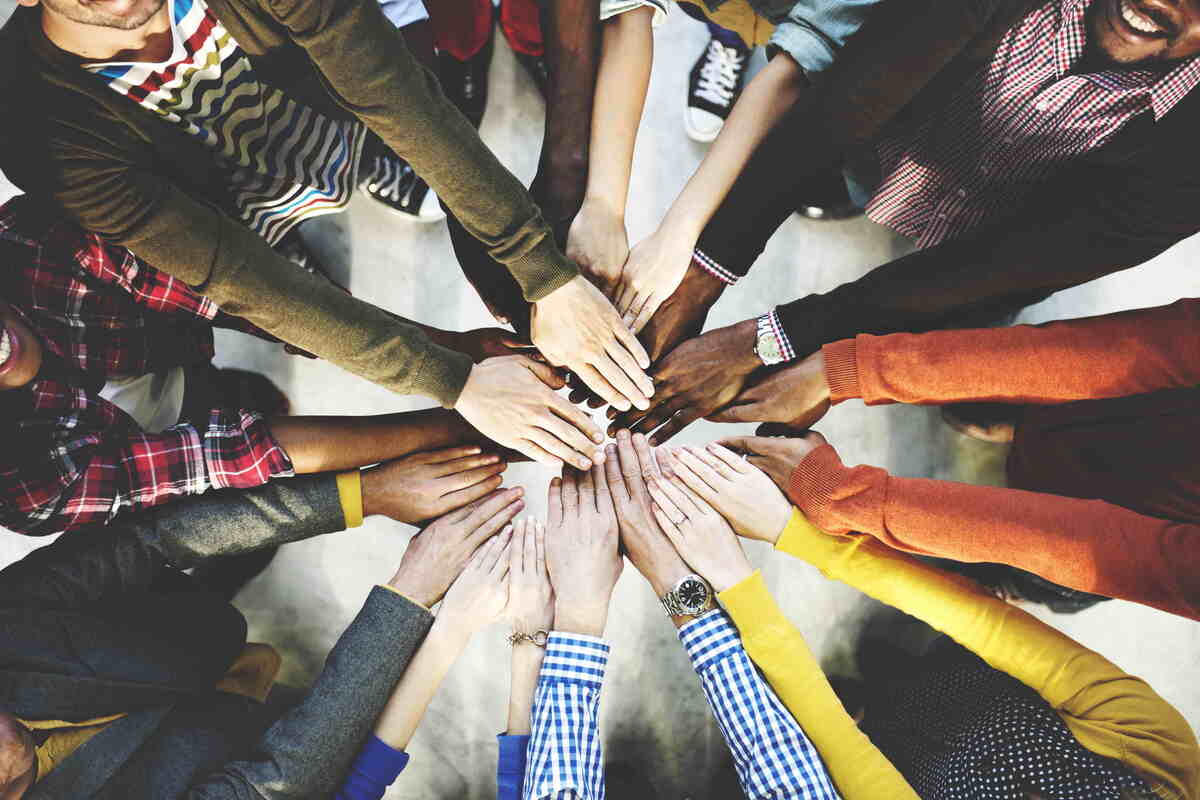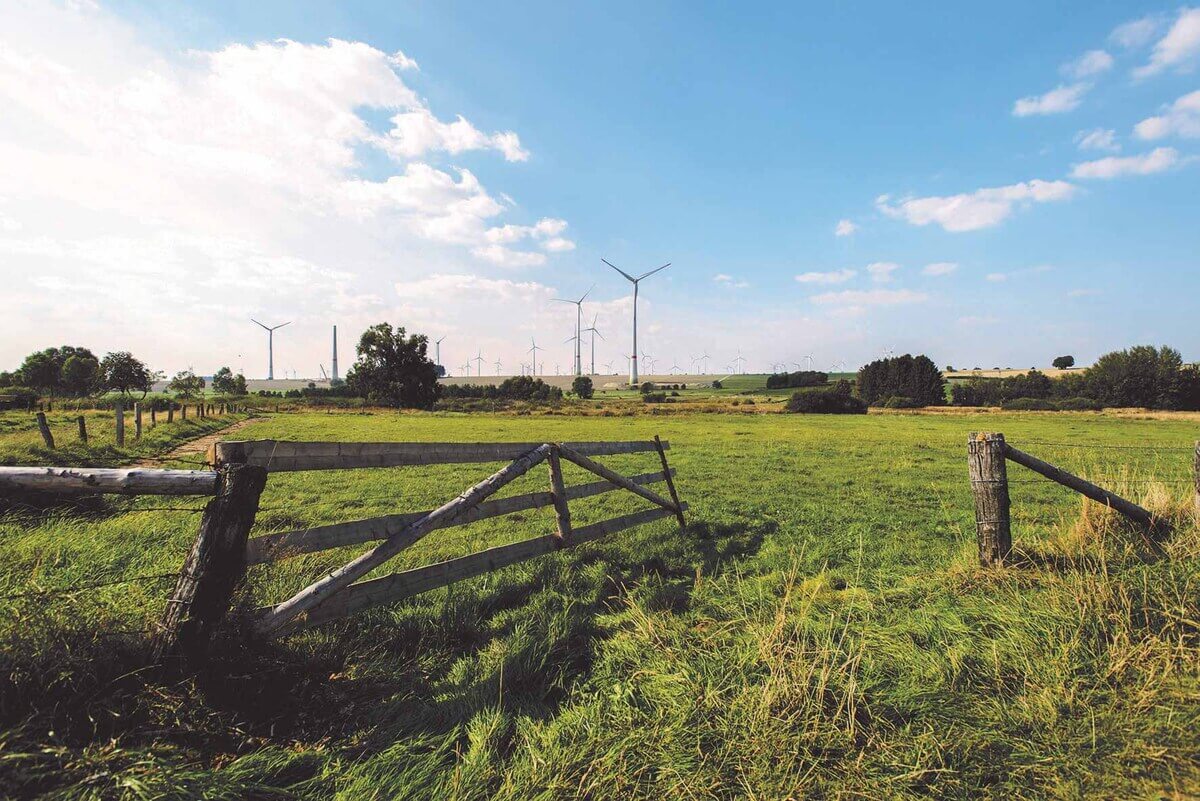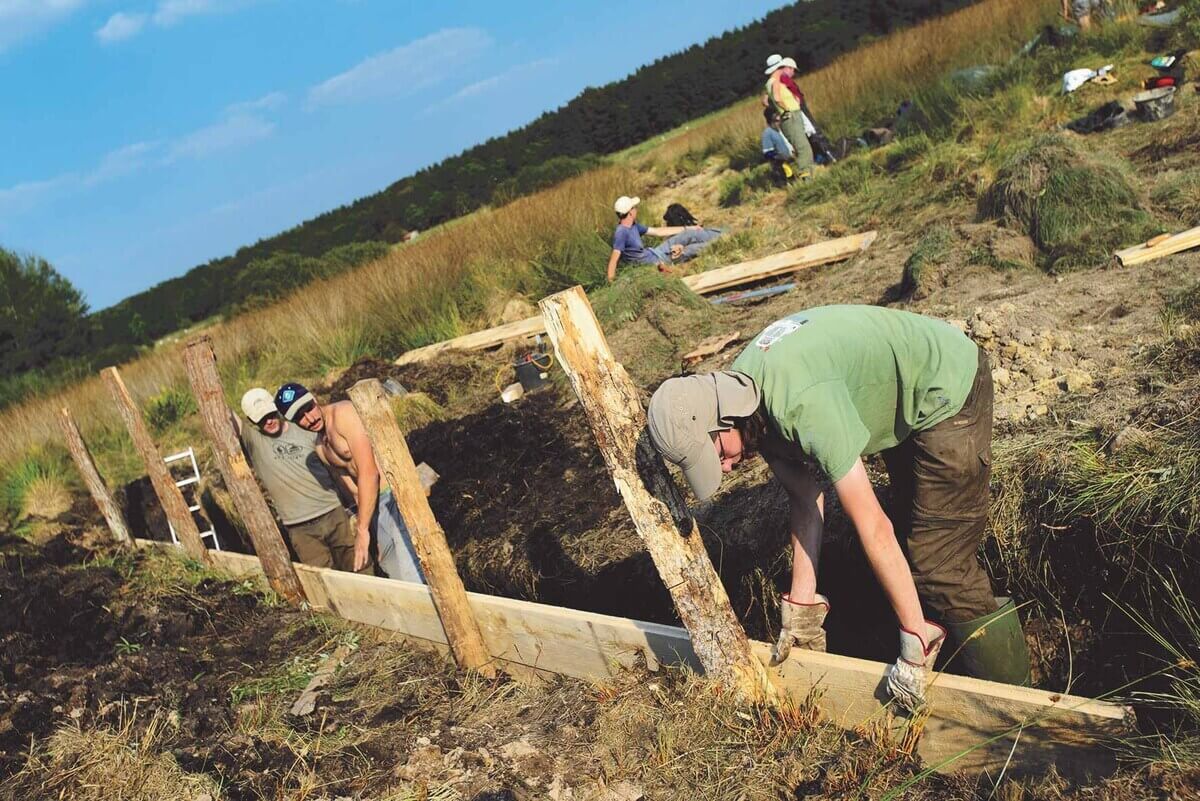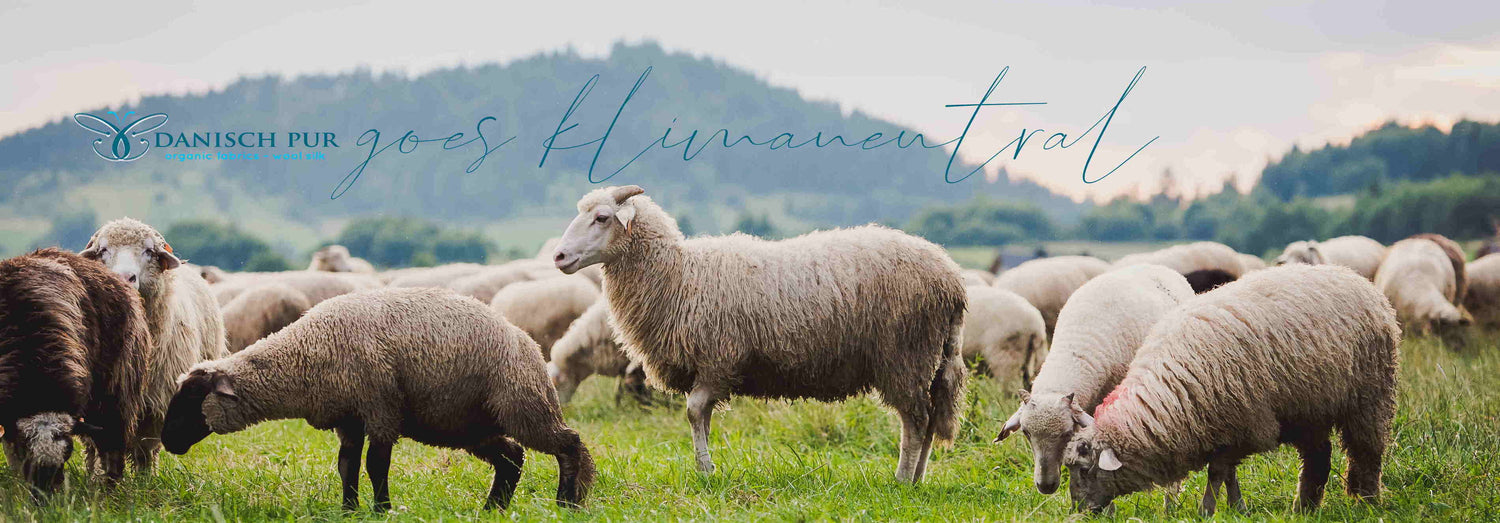Pure Danish goes climate-neutral
What does that mean? Isn't that just greenwashing? A modern sale of indulgences?
Or is that really good?
We weren't that clear when we first asked the question, and it's actually important to be careful here.
First of all, climate-neutral means that the emissions of a company do not affect the climate. At best, this is achieved through work that is sustainable and climate-friendly from the start and with compensation in areas where this is not entirely possible.
Step 2 - the compensation is what can make even attentive viewers stomach ache.
Is the good conscience simply calmed by investing in a few climate protection projects or is there really a good and coherent concept behind the whole thing?
Here it is worth taking a close look and keeping an eye on the respective companies. You're welcome to do that with us, even if our fingers are often dirty from working in the warehouse ;-)
In the following we explain a little bit more what we had in mind with all this.
Collapsible content
What does "climate neutral" actually mean?
Climate neutrality, CO2 neutral, climate positive - these words are currently buzzing through the air, but what does that actually mean in concrete terms?
Climate neutrality means that the carbon footprint, also known as CO2 emissions, of a company is first calculated on the basis of internationally recognized standards and then, in a second step, is offset again using internationally recognized measures. If, for example, we blow x tons of CO2 into the air with our work every year and even through further efforts we do not manage to completely avoid these emissions, then we invest in a project that compensates for these emissions again. You definitely know classic tree planting projects here.
Corporate carbon footprint
The corporate carbon footprint includes direct and indirect greenhouse gas emissions of a company - from the use of fossil fuels in production to the purchase of electricity and heat to the emissions that employees cause through commuting and travel.
What is our CCF?
First we had to find out how big our corporate carbon footprint really is. A lot of data was collected for this purpose, including our electricity and water consumption, how much paper and cardboard we use, data center for the website, etc. All of our employees also had to fill out a questionnaire and answer questions about commuting, business trips, etc. All in all, a large amount of data, but also a very interesting insight! We noticed that most of the emissions come from the commuting of our specialists and we thought about how we can counteract this. Because our first goal is not to offset the emissions, but above all to send as few emissions as possible into the world.
Status quo at Danish Pur
What are we currently doing to avoid emissions?
We have installed a solar system on the roof of our office. Since our fabric store is in a rented building, we cannot build a solar system there, so we have to rely on conventional means. However, we have set ourselves up here in such a way that we don't have to heat the room even in winter (we get warm quickly when we cut it anyway and we snuggle up in the fluffy wool fleece coats at the computer if we don't work from home).
Since some of our employees accept a long journey, we offer job tickets for local public transport. Especially during the corona pandemic, most people avoided public transport if possible, but more and more people are now switching back to this means of transport. This time let us get creative, thinking about how we can integrate work into the new everyday life. Fortunately, as an online shop, we are also flexible in terms of time for the most part, so that work does not have to start at fixed times. So we were able to partially introduce home office and thus found an individual way for each of our employees to arrange the working hours in the warehouse in such a way that they commute on a few days and prefer to work 1-2 hours longer on the other days . This offer is particularly popular with young parents and is extremely well received.
As a management, we don't have a (private or business) car, but do everything by bike (sometimes with a trailer), with car-sharing or by train. It goes without saying that we visit our production sites regularly, but since these are all close to Europe or even Germany, it is also possible to travel here by train for the most part.
In everyday life in the store we recycle and avoid waste. Together with you, we recycle the plastic film that is used to wrap the entire contents of the box rather than every single bale. You all know them as "pattern slides", which we are happy to pass on to you if you wish with an open order (please specify in the comment column).
In the office we use recycled paper and try to print only what is necessary anyway.
Even the smallest snippets of our fabrics are saved and, depending on their size and usability, passed on to you in mini surprise packages, stuffed animal bags or appliqué snippets. We keep donating cloth cardboard and tubes to kindergartens, schools and theaters, which enthusiastically tinker with.
After moving to the new warehouse, we decided to continue using the fluorescent tubes that were still working so as not to throw away things that were still functional, but we are switching to energy-saving LEDs with every new tube.
In the kitchen there is oat milk, organic coffee and organic tea for everyone.
If you think about it carefully, there is already a lot that comes together, but there is certainly much more to come.

Collapsible content
Climate neutrality along the entire supply chain
According to the definition of climate neutrality, each company is certified individually. This means that our emissions in the warehouse through to delivery to you are balanced. The emissions from our producers to us, these companies have to reduce and compensate.
So we put our feet up and just let it go? Of course not.
environmental management
From the beginning it was clear to us that we only want to work with companies whose ecological standards meet our high standards. Therefore, with a few exceptions (there it is always included with the item, such as some hemp items where European kba hemp is hard to come by and even conventionally grown hemp is very ecological), we only buy from companies that meet the highest environmental standards certified products on offer.
This means that strict criteria must be met during the production of the fabrics in order to meet environmental standards. This ranges from the ban on toxic paints to proof of water consumption and its disposal to sheep farming itself. A certification along the entire chain of effects from fiber production to the final fabric.
All production facilities must have a functioning environmental protection management system that is audited annually. National legal environmental requirements serve as the first guidelines, which are then further specified.
But that's not all - we also continue to influence the processes, for example by bundling transports, actively converting packaging material from plastic to cardboard (in the past all bales were individually wrapped in plastic, thanks to our influence, they are now shipped in large boxes, where only partly for protection there is a film inside, which we can pass on to you as a pattern film for recycling if you wish) and generally only buy in Europe.
We now obtain most of the fabrics from Germany in order to at least minimize the distances from the last processing factory to us.
It should never be forgotten that neither silk nor merino wool can be obtained in Germany, so German production means that the last way is short, but not that the raw materials or the previously manufactured yarn have not traveled far.
To avoid emissions here, we buy raw wool by the ton and then knit it one by one instead of purchasing small quantities for each fabric again. Although this is a greater risk for us in monetary terms, it is much more resource-efficient for the production process.

Collapsible content
CO2 compensation
Unfortunately, not all CO2 emissions can be avoided. For example, not every employee can cycle to work. There are also strict limits to structural changes at our production facility, since we, as a small company, have to rent our premises. Solar systems or similar structural changes are not included here. If we cannot avoid CO2 emissions directly, we at least want to offset them. The idea behind it is to invest in a climate protection project to offset our CO2 emissions.
Our climate project
We have decided to support the Moore project for climate protection in Lichtenau .
Why Moore?
"Peat soils represent an enormous carbon store."
"Peat soils make up just three percent of the earth's surface, but at around 500 gigatonnes they store around twice as much carbon as the entire biomass of all forests on earth."
Drained peatlands emit two gigatonnes into the atmosphere annually and are responsible for an estimated five percent of man-made greenhouse gas emissions, more than global air travel.
project description
Peatlands store enormous amounts of CO2. In Lichtenau, district of Paderborn, we therefore support the rewetting and renaturation of the Eselsbett, Schwarzes Bruch and Sauberbachtal Bühlheim moors. They were created in the last 10,000 years by high rainfall and dammed soil and have been destroyed by peat extraction since the 19th century. For example, the Black Break upland moor has been damaged in large parts. The area is located on the southern border of the northern European moorlands and is a habitat for many endangered plants and animals: round-leaved sundew, bog bilberry, cotton grass and peat moss species, meadow pipit, great gray shrike and numerous specialized insect species. The CO2 compensation takes place via a coupling project (see explanation in the next section) entirely via one of the certified forest protection projects in Brazil (climatepartner.com/1056) or Colombia (climatepartner.com/1288). For every ton of CO2 compensated there, a subsidy goes into the development of the moors.
How does climate protection work with regional projects?
Regional initiatives protect natural habitats such as native forests, moors, the Alps or contribute to the agricultural turnaround. They are important for adaptation to climate change. However, due to the strict requirements for climate protection projects, these initiatives are not suitable for CO2 compensation. In order to nevertheless promote regional commitment to climate protection, our partner "Climate Partner" offers so-called coupling projects: The CO2 compensation takes place via one of our certified climate protection projects, such as our forest protection project in Colombia. For every tonne of CO2 compensated, they are also involved in a coupling project depending on the regional initiative, for example by planting a tree or supporting sustainable development in the Alpine region. In this way, climate neutrality can be guaranteed according to international standards and at the same time regional climate protection can be promoted.



What's next?
In the future, too, we don't want to be lazy, but continue to be committed to climate protection. We will continue to look for ways to avoid Co2 and offset the remaining emissions. If you have any questions, suggestions or ideas, please write to us at garvin@danischpur.de

